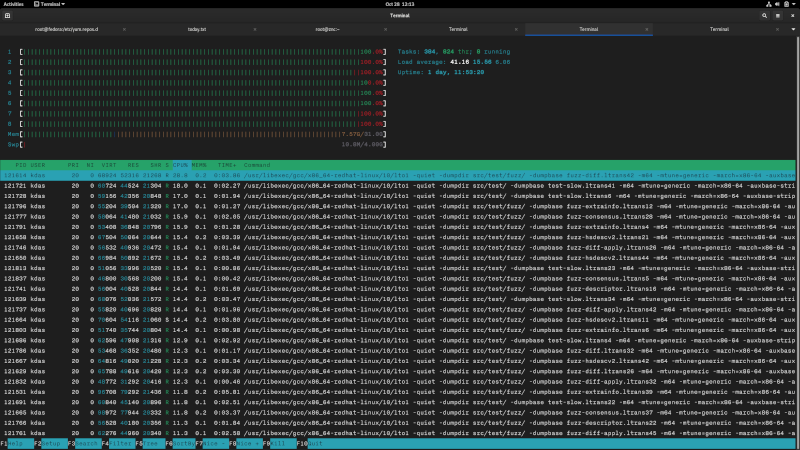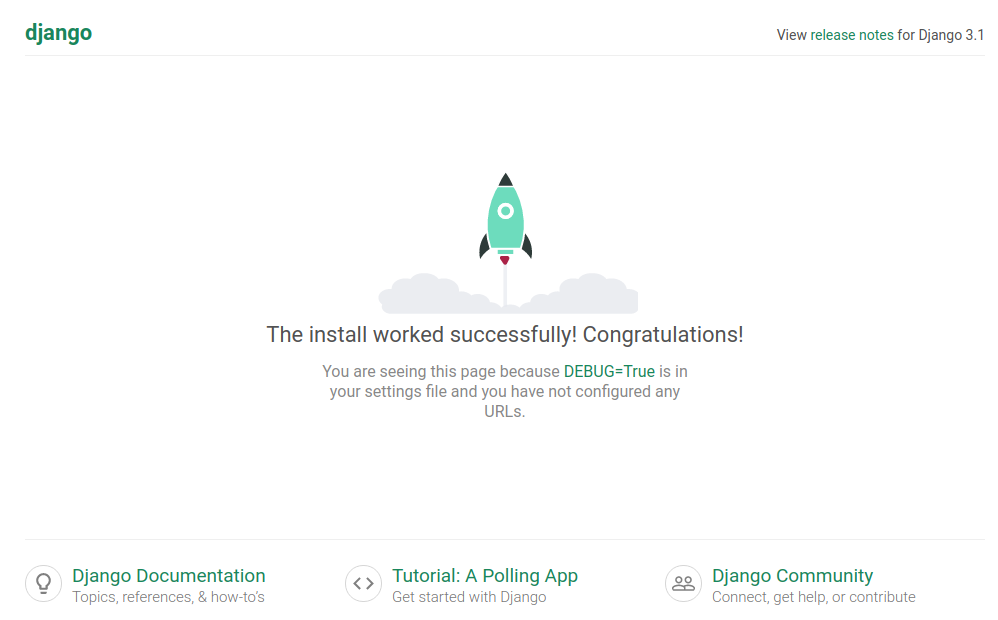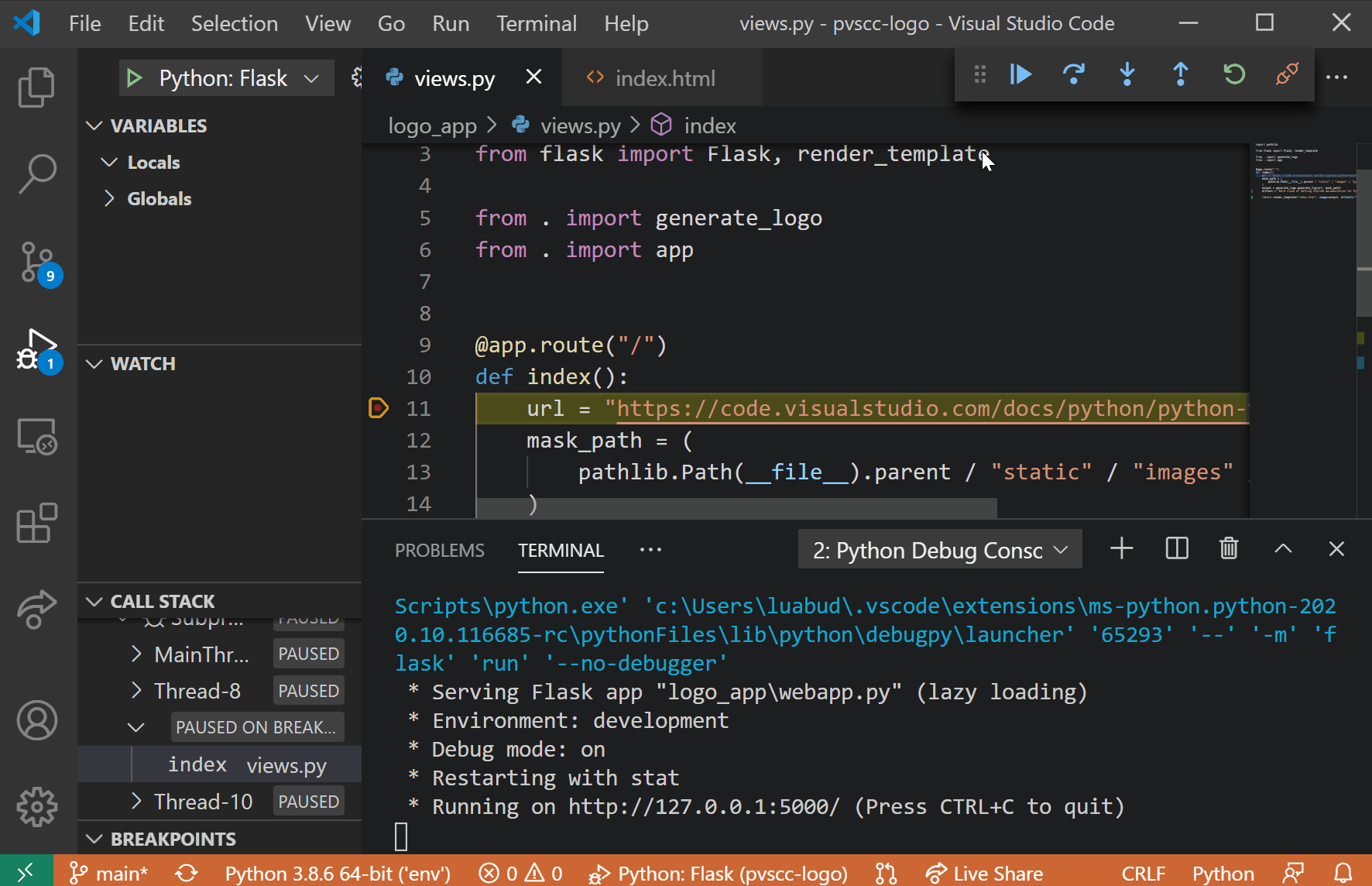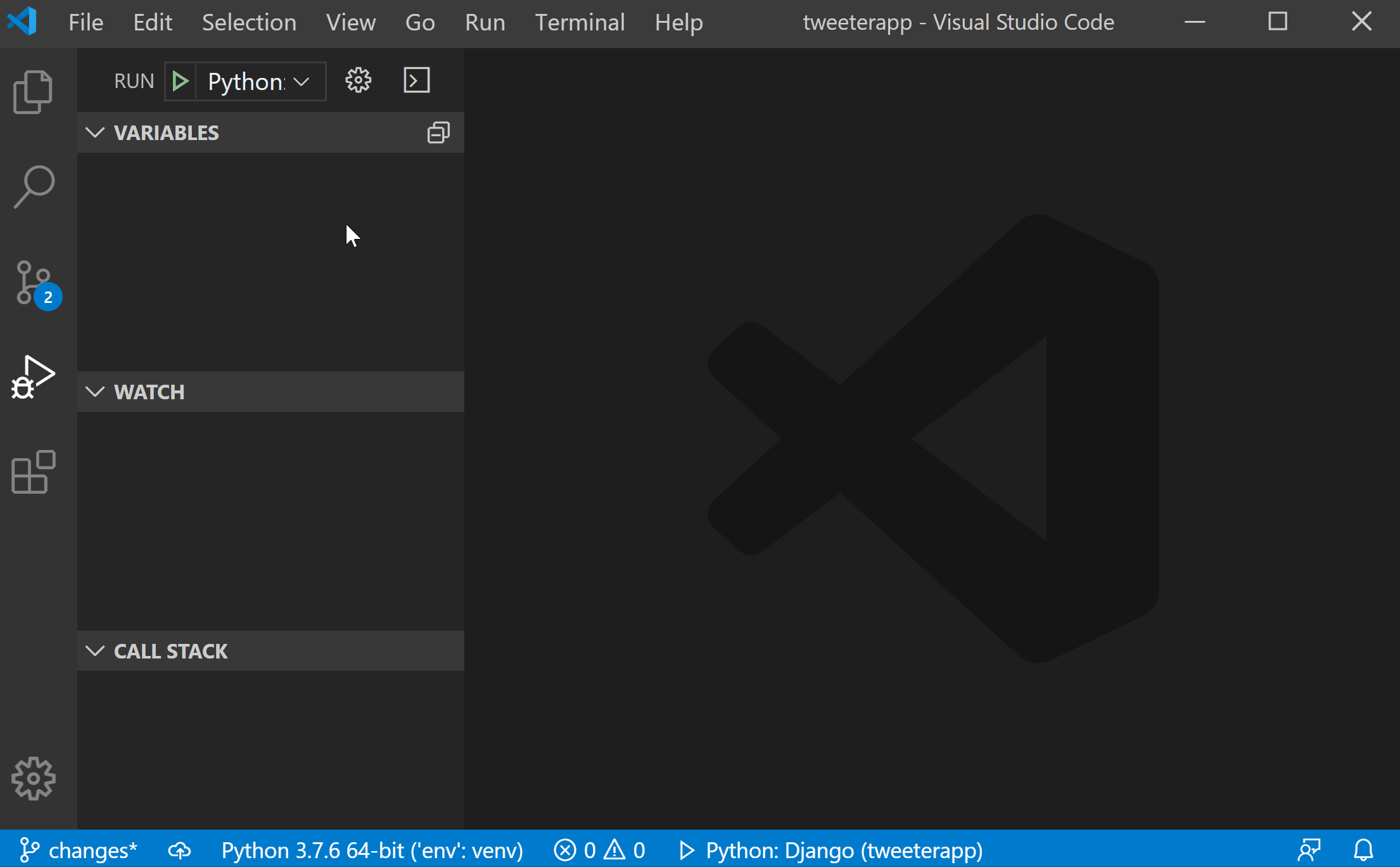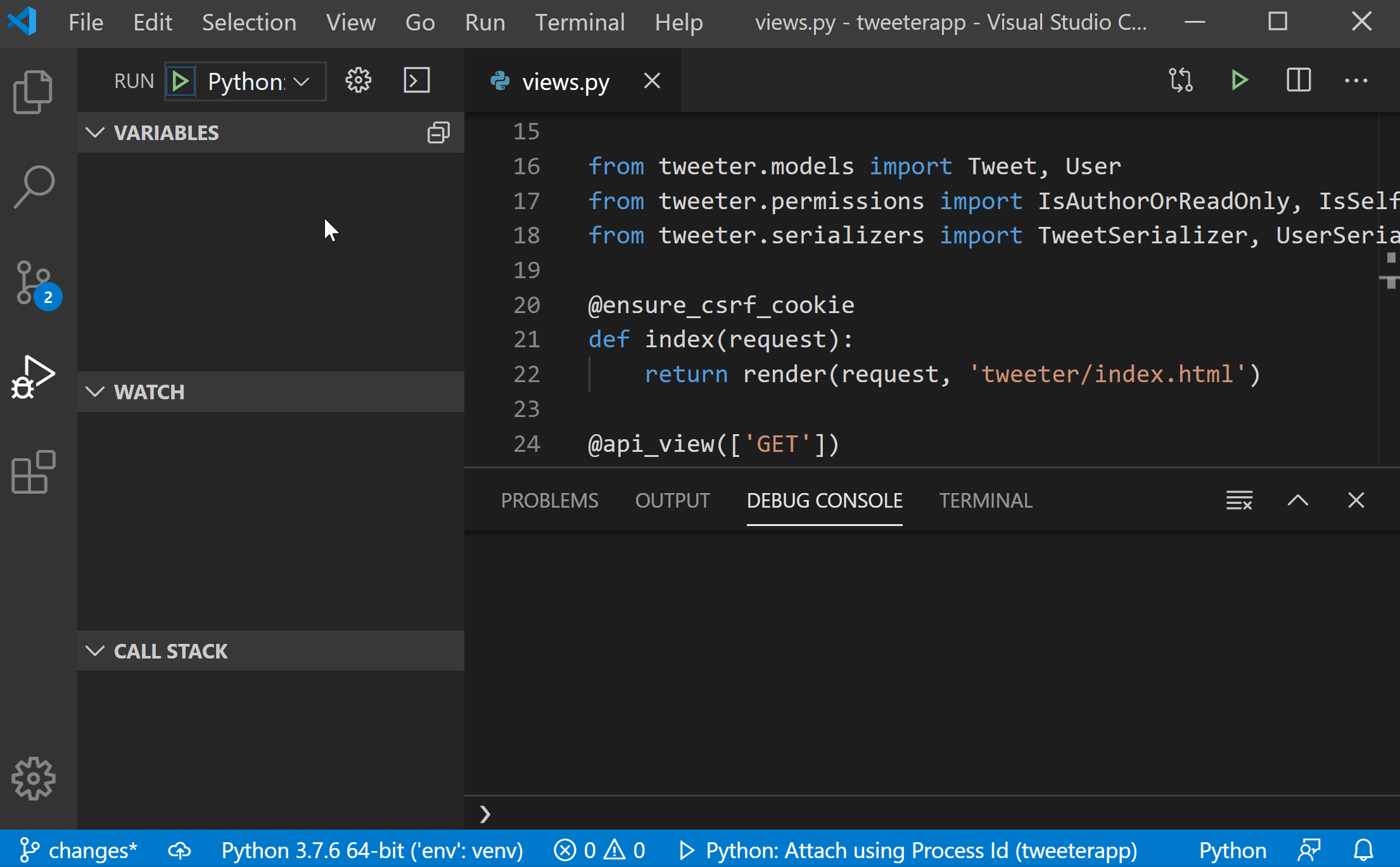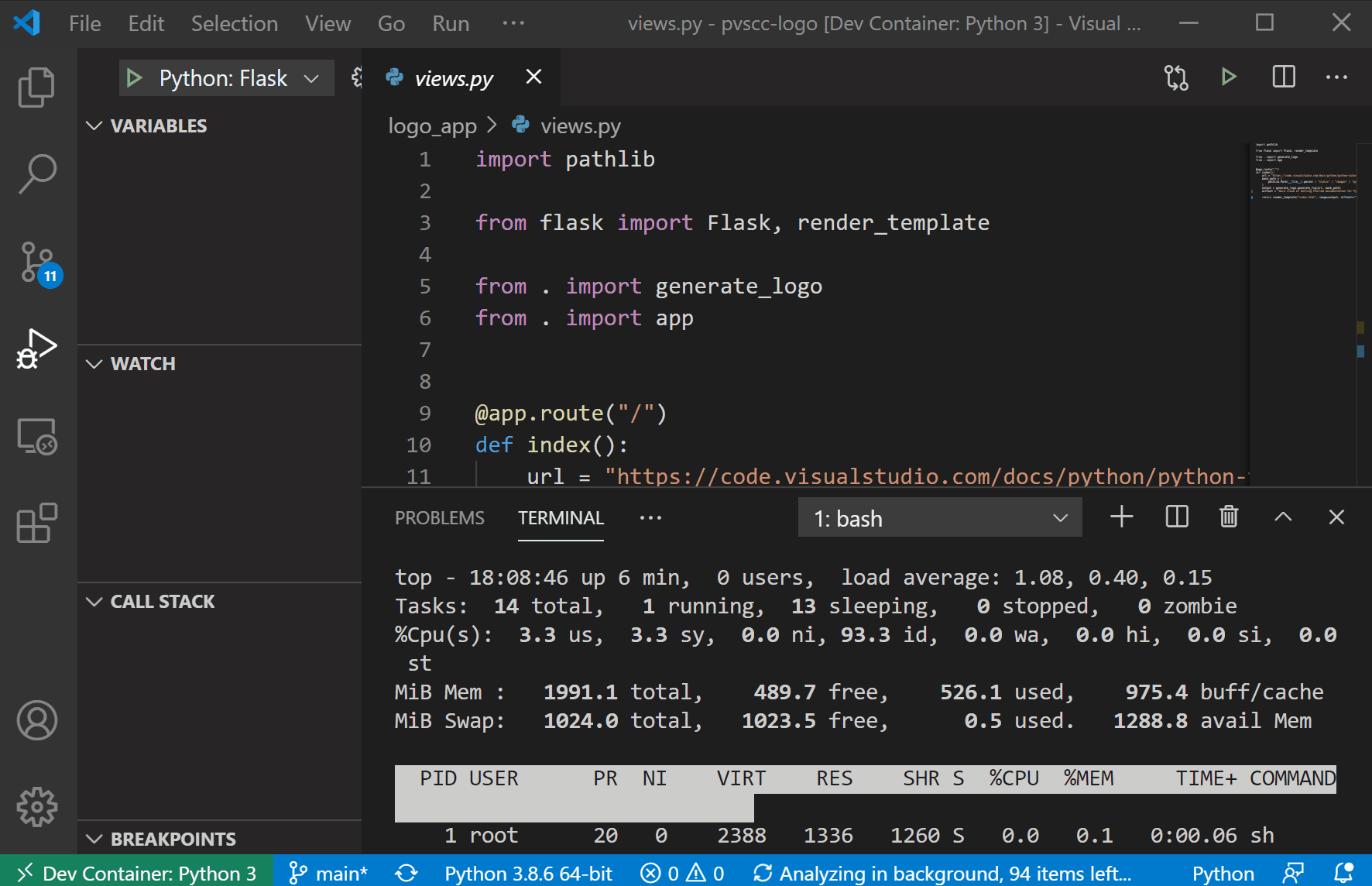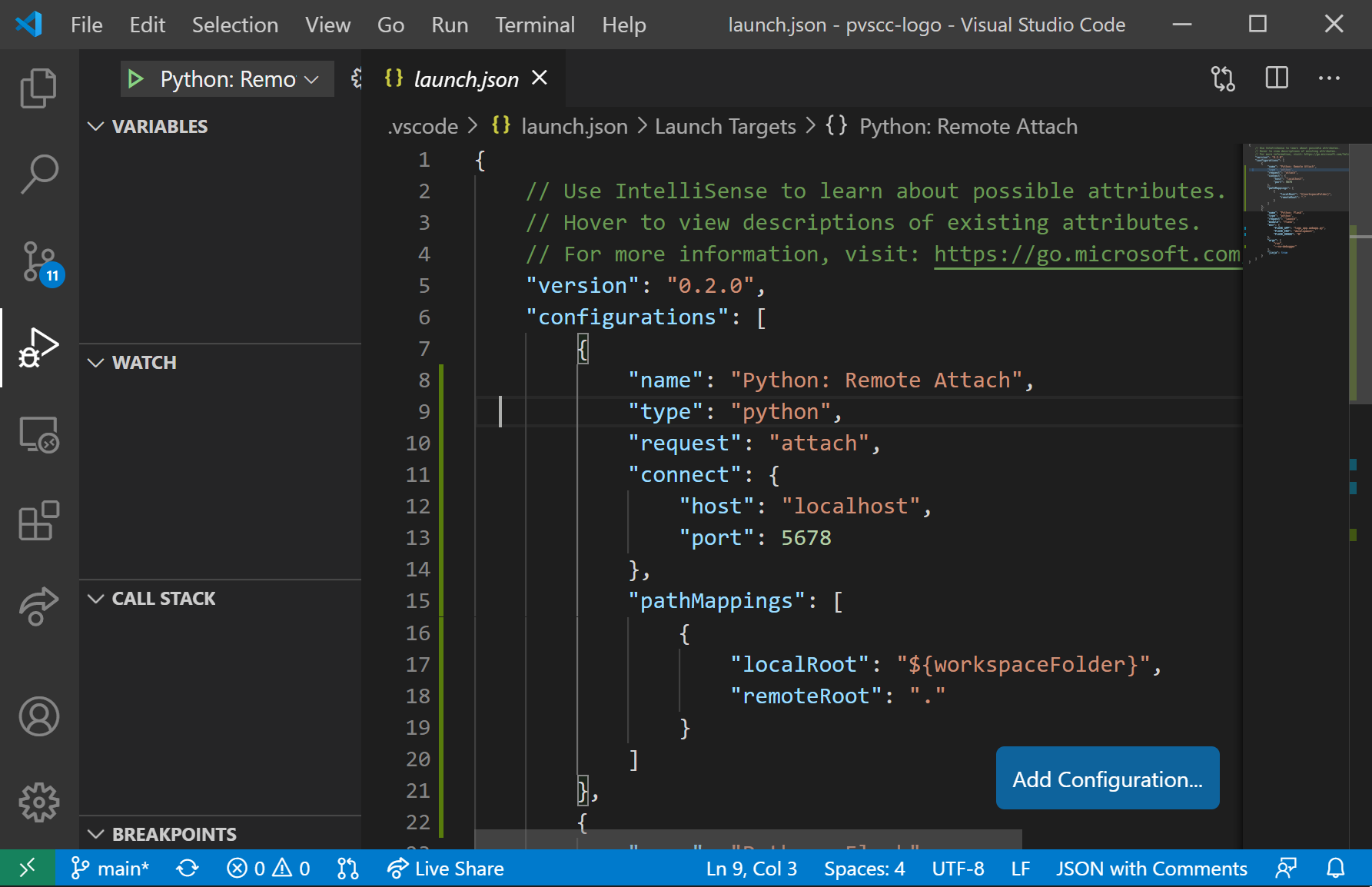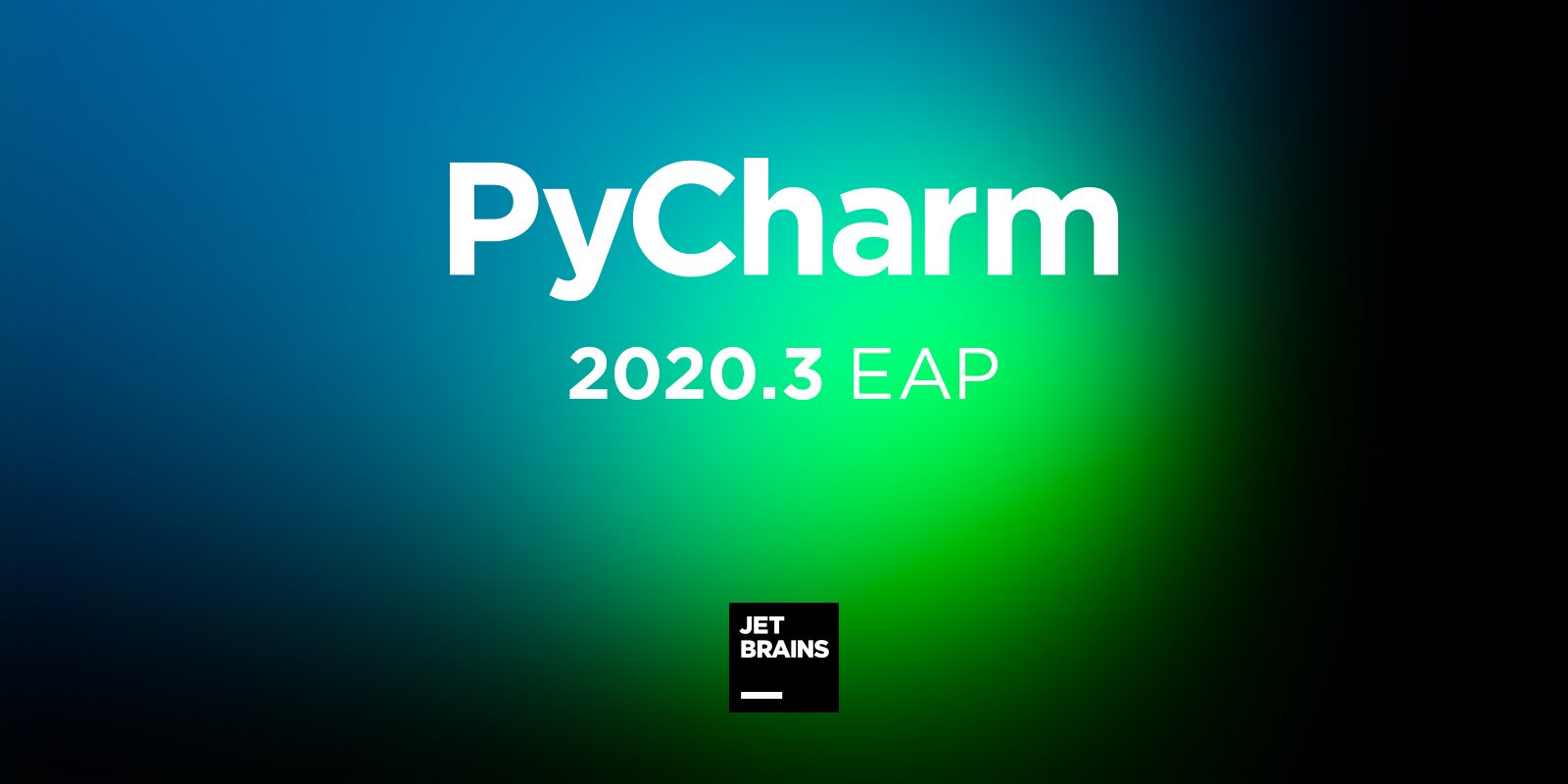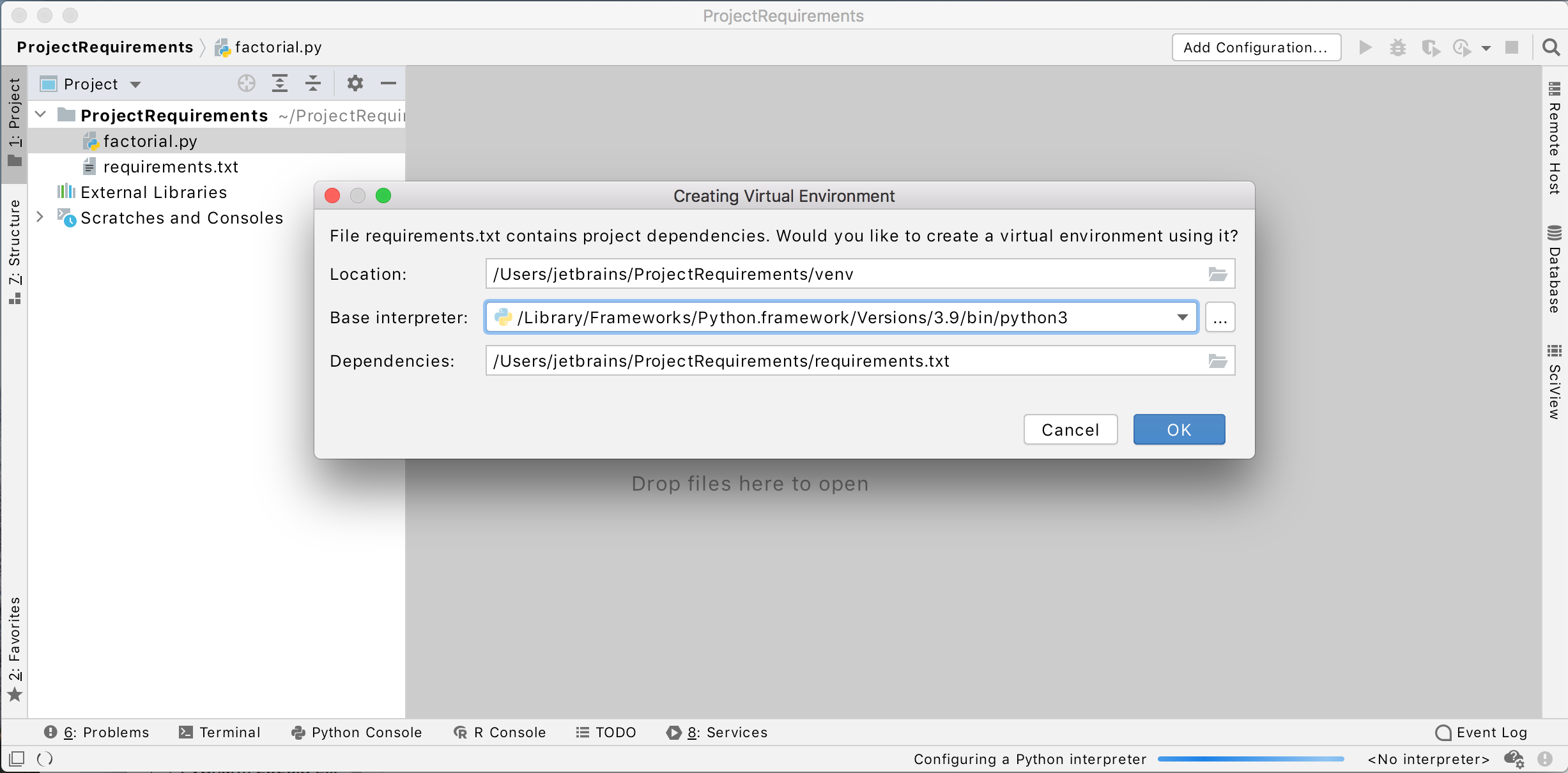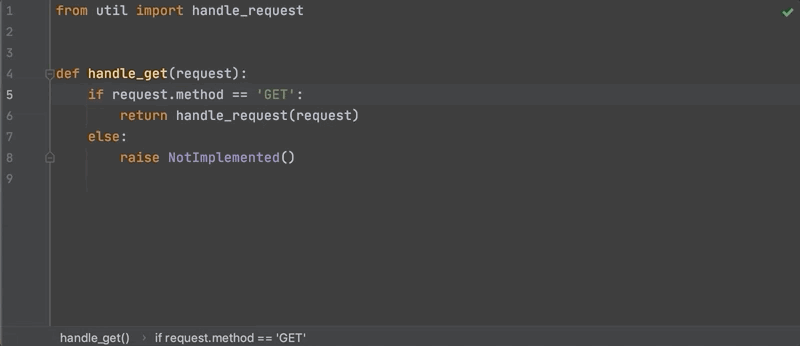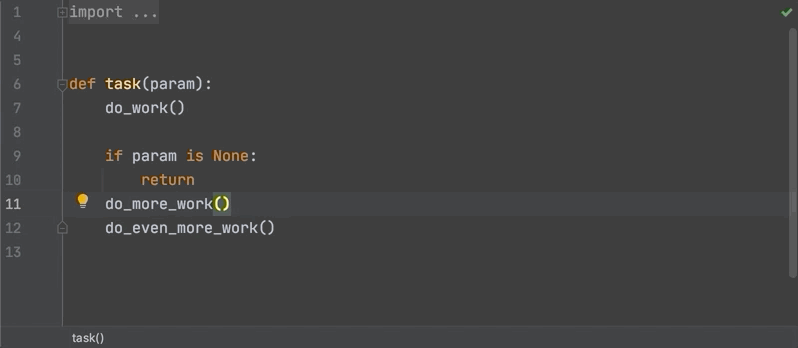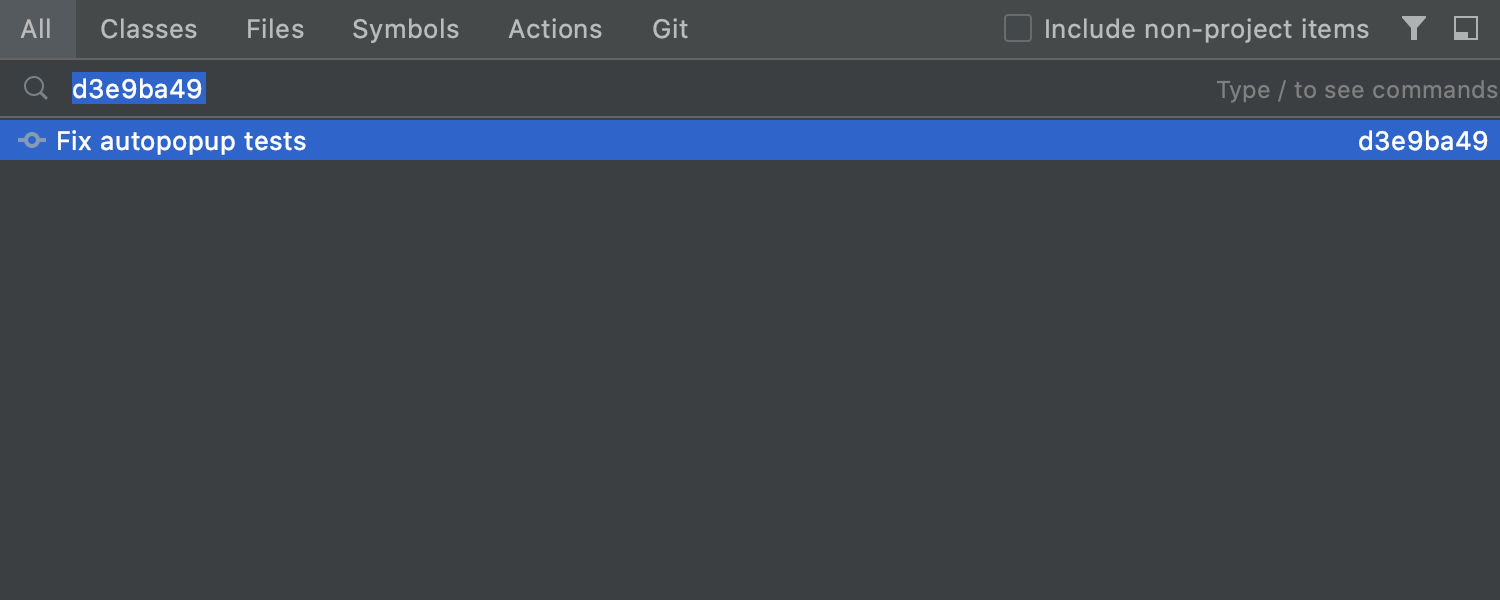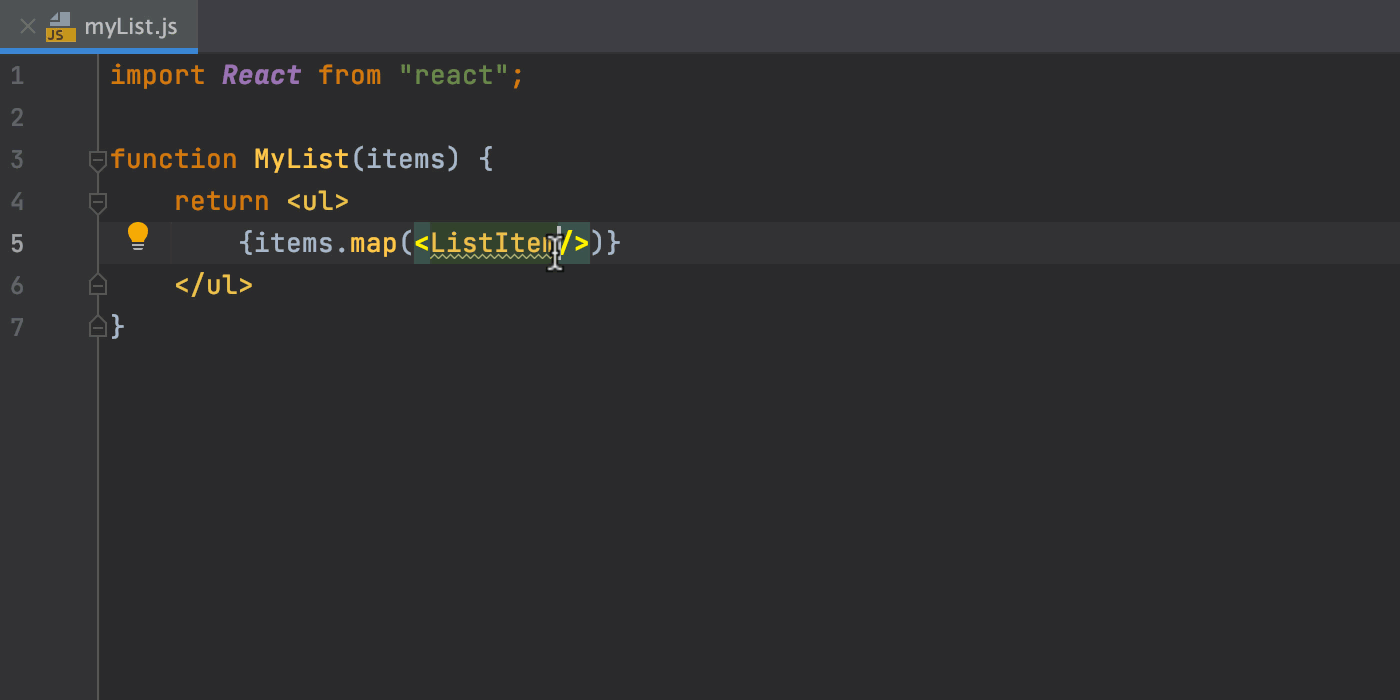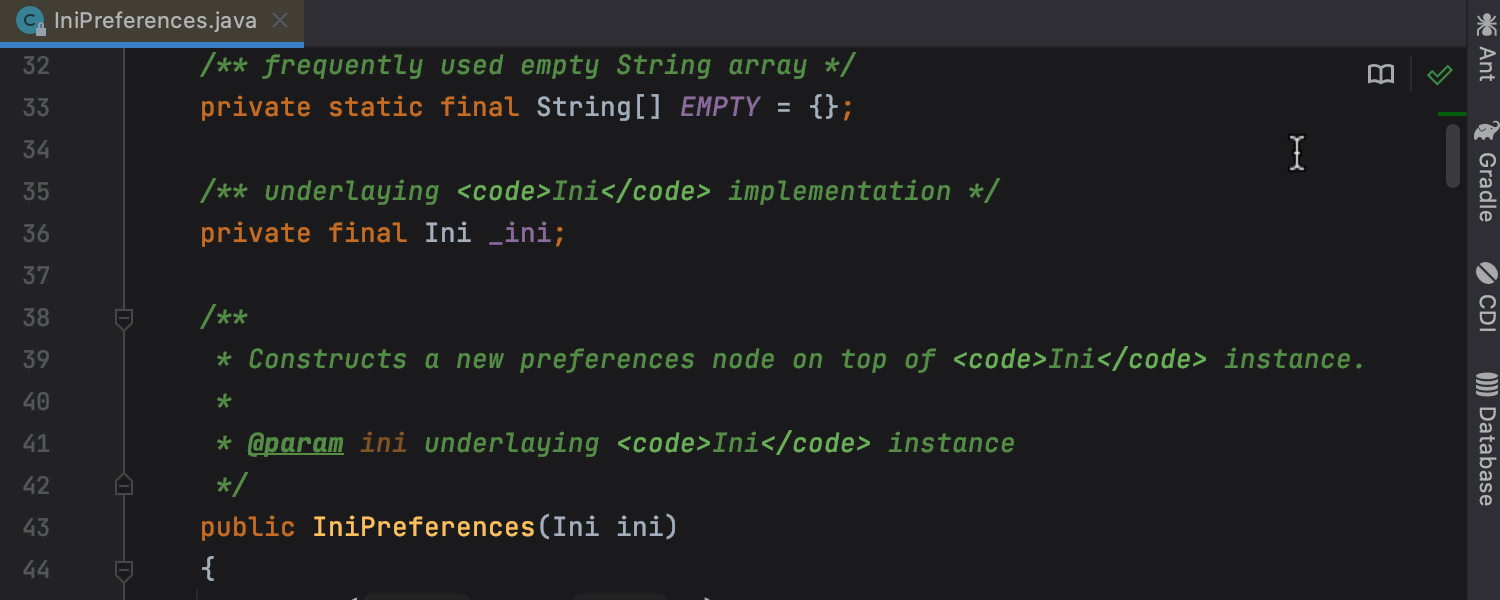Introduction
A dictionary in Python is a collection of items that stores data as key-value pairs. In Python 3.7 and later versions, dictionaries are sorted by the order of item insertion. In earlier versions, they were unordered.
Let's have a look at how we can sort a dictionary on basis of the values they contain.
Sort Dictionary Using a for Loop
We can sort a dictionary with the help of a for loop. First, we use the sorted() function to order the values of the dictionary. We then loop through the sorted values, finding the keys for each value. We add these keys-value pairs in the sorted order into a new dictionary.
Note: Sorting does not allow you to re-order the dictionary in-place. We are writing the ordered pairs in a completely new, empty dictionary.
dict1 = {1: 1, 2: 9, 3: 4}
sorted_values = sorted(dict1.values()) # Sort the values
sorted_dict = {}
for i in sorted_values:
for k in dict1.keys():
if dict1[k] == i:
sorted_dict[k] = dict1[k]
break
print(sorted_dict)
If you run this with the Python interpreter you would see:
{1: 1, 3: 4, 2: 9}
Now that we've seen how to sort with loops, let's look at a more popular alternative that uses the sorted() function.
Sort Dictionary Using the sorted() Function
We previously used the sorted() function to sort the values of an array. When sorting a dictionary, we can pass one more argument to the sorted() function like this: sorted(dict1, key=dict1.get).
Here, key is a function that's called on each element before the values are compared for sorting. The get() method on dictionary objects returns the value of for a dictionary's key.
The sorted(dict1, key=dict1.get) expression will return the list of keys whose values are sorted in order. From there, we can create a new, sorted dictionary:
dict1 = {1: 1, 2: 9, 3: 4}
sorted_dict = {}
sorted_keys = sorted(dict1, key=dict1.get) # [1, 3, 2]
for w in sorted_keys:
sorted_dict[w] = dict1[w]
print(sorted_dict) # {1: 1, 3: 4, 2: 9}
Using the sorted() function has reduced the amount of code we had to write when using for loops. However, we can further combine the sorted() function with the itemgetter() function for a more succinct solution to sorting dictionaries by values.
Sort Dictionary Using the operator Module and itemgetter()
The operator module includes the itemgetter() function. This function returns a callable object that returns an item from an object.
For example, let's use to itemgetter() to create a callable object that returns the value of any dictionary with a key that's 2:
import operator
dict1 = {1: 1, 2: 9}
get_item_with_key_2 = operator.itemgetter(2)
print(get_item_with_key_2(dict1)) # 9
Every dictionary has access to the items() method. This function returns the key-value pairs of a dictionary as a list of tuples. We can sort the list of tuples by using the itemgetter() function to pull the second value of the tuple i.e. the value of the keys in the dictionary.
Once it's sorted, we can create a dictionary based on those values:
import operator
dict1 = {1: 1, 2: 9, 3: 4}
sorted_tuples = sorted(dict1.items(), key=operator.itemgetter(1))
print(sorted_tuples) # [(1, 1), (3, 4), (2, 9)]
sorted_dict = {k: v for k, v in sorted_tuples}
print(sorted_dict) # {1: 1, 3: 4, 2: 9}
With much less effort, we have a dictionary sorted by values!
As the key argument accepts any function, we can use lambda functions to return dictionary values so they can be sorted. Let's see how.
Sort Dictionary Using a Lambda Function
Lambda functions are anonymous, or nameless, functions in Python. We can use lamba functions to get the value of a dictionary item without having to import the operator module for itemgetter(). If you'd like to learn more about lambas, you can read about them in our guide to Lambda Functions in Python.
Let's sort a dictionary by values using a lambda function in the key argument of sorted():
dict1 = {1: 1, 2: 9, 3: 4}
sorted_tuples = sorted(dict1.items(), key=lambda item: item[1])
print(sorted_tuples) # [(1, 1), (3, 4), (2, 9)]
sorted_dict = {k: v for k, v in sorted_tuples}
print(sorted_dict) # {1: 1, 3: 4, 2: 9}
Note that the methods we've discussed so far only work with Python 3.7 and later. Let's see what we can do for earlier versions of Python.
Returning a New Dictionary with Sorted Values
After sorting a dictionary by values, to keep a sorted dictionary in Python versions before 3.7, you have to use the OrderedDict - available in the collections module. These objects are dictionaries that keep the order of insertion.
Here's an example of sorting and using OrderedDict:
import operator
from collections import OrderedDict
dict1 = {1: 1, 2: 9, 3: 4}
sorted_tuples = sorted(dict1.items(), key=operator.itemgetter(1))
print(sorted_tuples) # [(1, 1), (3, 4), (2, 9)]
sorted_dict = OrderedDict()
for k, v in sorted_tuples:
sorted_dict[k] = v
print(sorted_dict) # {1: 1, 3: 4, 2: 9}
Conclusion
This tutorial showed how a dictionary can be sorted based on its values. We first sorted a dictionary using two for loops. We then improved our sort by using the sorted() function. We've also seen the itemgetter() function from the operator module can make our solution more succinct.
Lastly, we adapted our solution to work on Python versions lower than 3.7.
Variations of the sorted() function are the most popular and reliable to sort a dictionary by values.
from Planet Python
via
read more
